You don’t need us to tell you that the sunset views along Bali’s south coast is eye-candy of the first degree, that the cliffs of Uluwatu are a majestic treat or that Nusa Penida’s underwater adventure with wandering manta rays is breathtaking. But there are other experiences one can have on the island that are as delightful as these, but are skipped by the majority of visitors. The hidden gems along the Ida Bagus Mantra bypass road are prime examples of these overlooked experiences.
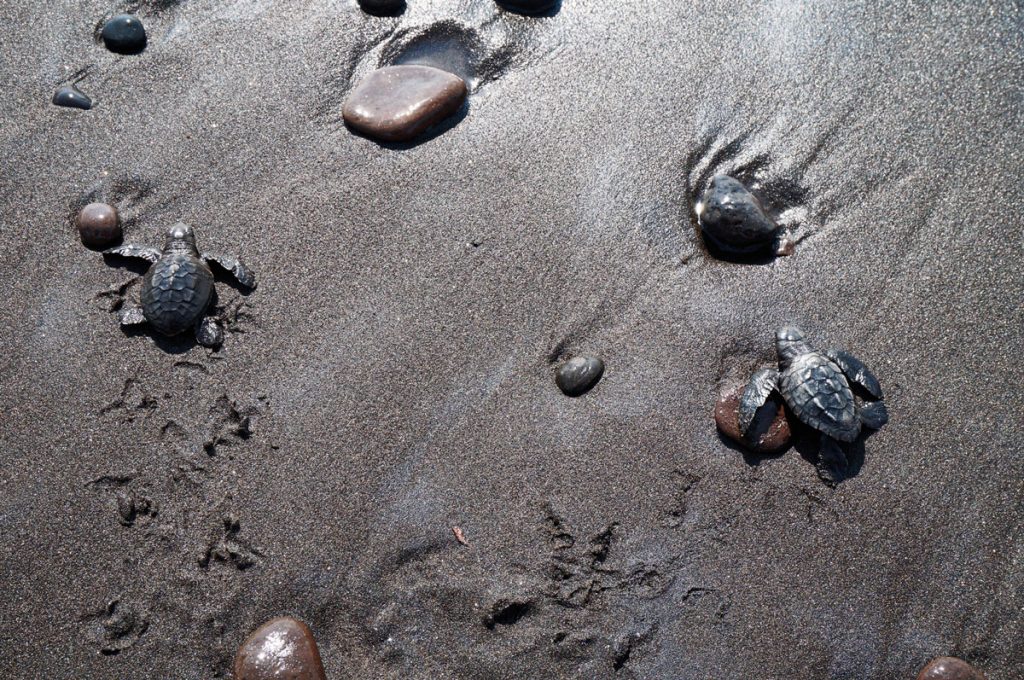
Here, what we have learned, tasted, uncovered, and felt was truly an experience that stands alone. Many might think that there is not much to see along the bypass road connecting the island’s south and southeast coasts. We recently took a trip down the road and found two, new favourite gems; the first one is Saba Asri, a conservation centre for sea turtles.
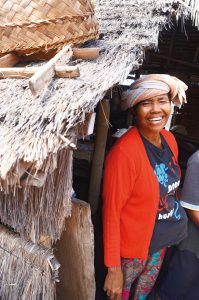
Who would’ve thought that sea turtles are the most loyal visitors to Gianyar’s black-sand Saba beach’s, returning year after year for nesting season. But sadly the eggs and the hatchlings fall victim to natural predators such as stray dogs. Of course, the stray dogs play their role in the natural food chain; however, the threats of predation increase when human development reaches the nesting beach, especially with people leaving trash near the shore.
To help protect the endangered species, a group of local Saba fishermen initiated Saba Asri, a very simple self-funded sea turtle conservation centre. These fishermen don’t really care about their time and energy spent on this project, or even getting paid for it. Their dream for a better future and their dedication and love for these beautiful creatures are what keeps them going. Of course you can always help by giving donations through the centre’s “turtle release” programme, or by purchasing the Saba Asri merchandises such as the turtle shopping bag – it’s very eco-friendly (reusable) and cute! For more info visit www.sabaasri.com.
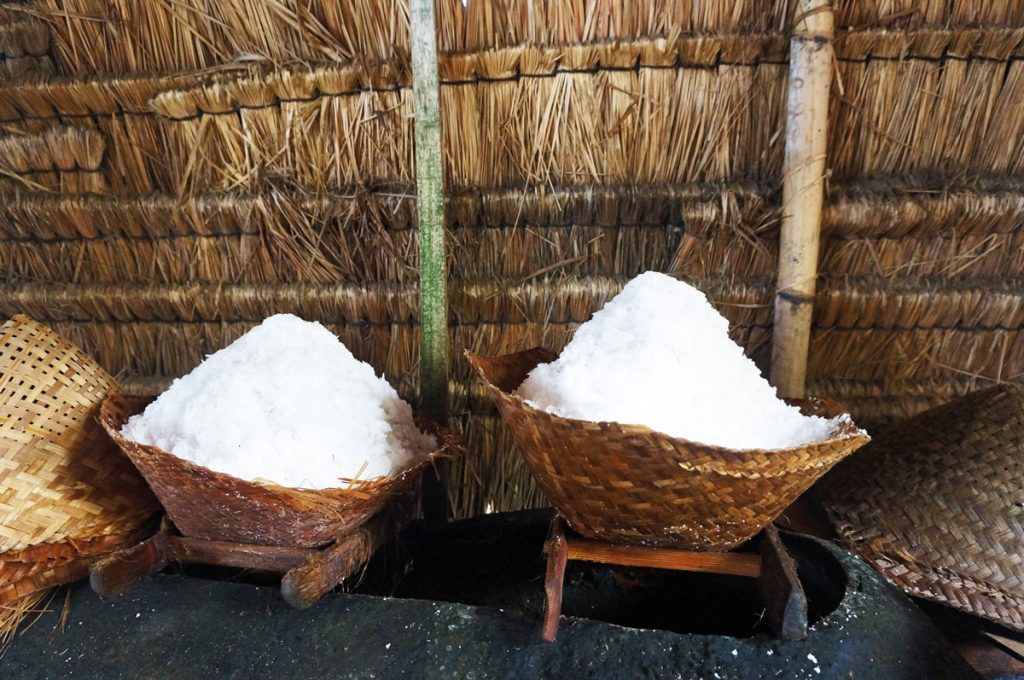
The second gem that we were so happy to stumbled upon is located at the end of the bypass road near Pura Goa Lawah temple. The place is far from posh but very interesting, for we get to see how salt is actually extracted and collected. The small salt farm consists of flat terrain by the beach, where sea seawater, after being collected from the ocean, is left to evaporate leaving salt crystals behind, which are then collected in a series of wooden containers.
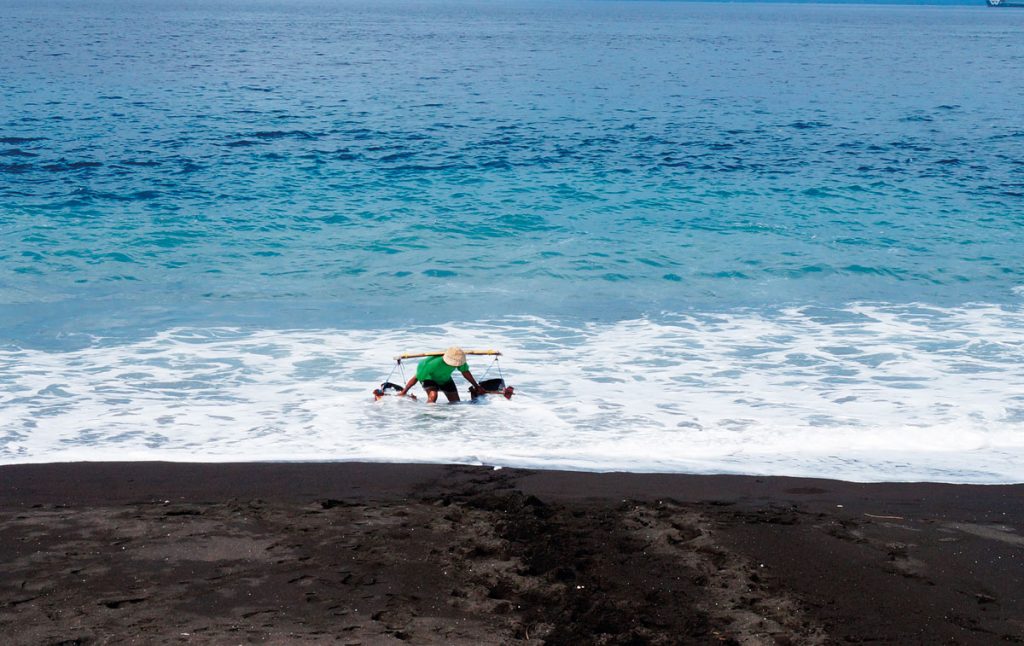
To collect the seawater, the workers there carry two baskets that are connected by a long strip of bamboo across their shoulders. They will then spray the seawater onto the flat terrain, making it muddy. Just to see it shimmer in the sunlight is quite lovely, but aside from this, it is also fascinating to watch how the salt is harvested.
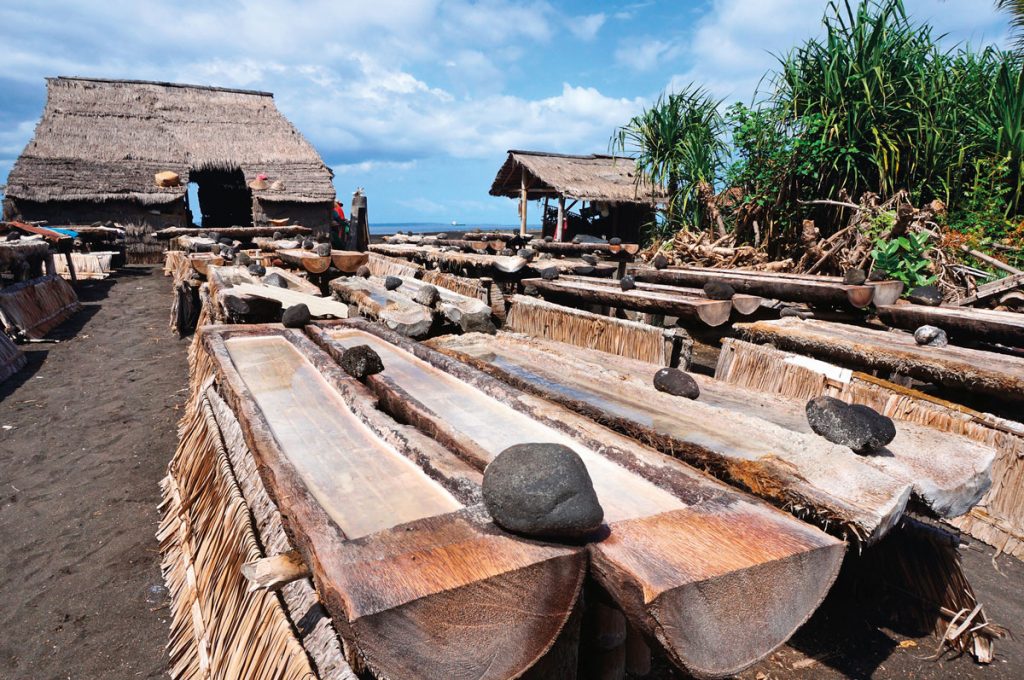
You can find a small hut in the area, used by the workers to store the salt before being packed and sent to suppliers. Visitors to the salt farm can also purchase a bag of the sea salt for less that USD 5 – it should be enough for months of home supply.










